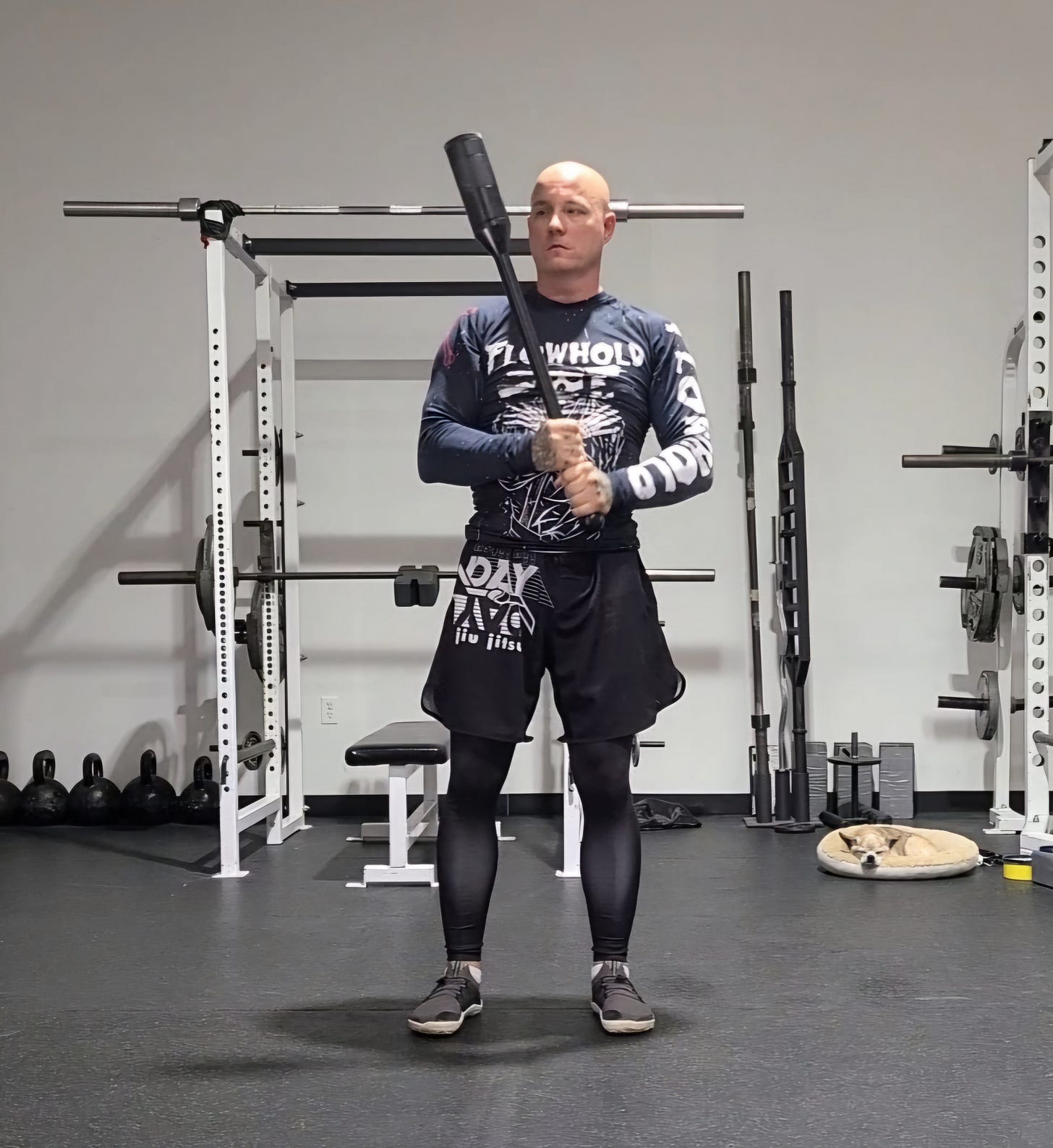“Strength and growth come only through continuous effort and struggle.” -Napolean Hill
The repeated effort (RE) method is defined as lifting submaximal weights to, or near to, failure. This is accomplished through multiple sets of moderately high to high repetitions. The goal of the RE method is to build muscle and strengthen weak points. These exercises typically represent around 80% of the total training volume, where the primary max effort and dynamic effort lifts make up the other 20%.
The RE method is usually used for accessory exercises, many of which are single joint isolation exercises for individual muscles. This is one of the reasons the Conjugate Method is such a great way to train. If it is determined through the performance of a max effort exercise that a specific muscle group is the weak link in the chain, special exercises can be implemented to bring up those individual muscles.
For instance, if the lower back is the breakdown point in the squat or deadlift, you should prioritize exercises like 45-degree back extensions, reverse hypers, and good mornings for the purpose of strengthening the spinal erectors. If the lockout is the weak point of the bench press, this usually indicates a weakness in the triceps. If this is the case, once the primary bench press exercise is finished move on to various extension exercises to hit the triceps.
Special exercises should be implemented for all muscle groups every workout and the priority should be to train the weakest muscles earlier in the workout and the stronger muscles toward the end. You should always analyze your weaknesses and implement special strengths exercises accordingly.
In addition to the repeated effort, maximal effort, and dynamic effort methods there is a fourth method that is often overlooked called the submaximal effort (SE) method. The SE method involves lifting non-maximal loads for a set number of repetitions, but never to failure. A typical way to apply the SE method is with compound exercises done with heavy weights for multiple low rep sets. There are two ways to accomplish this when using the Conjugate Method.
The first way is for a more advanced individual who is already using maximal and dynamic effort training exercises. After the main ME or DE lift select an exercise that supplements the main movement and perform 3-5 sets of 3-5 reps with a heavy weight. These repetitions should be tough, but never taken to failure. Keeping a rep or two “in the tank” for each set is good practice.
The second way to use the SE method is more suitable for the novice lifter who needs less training variety and simply needs to get stronger. I would recommend replacing the dynamic effort day with a submaximal effort day. So instead of training the squat with 50-60% barbell weight plus 25% bands or chains focusing on maximum speed, the SE method would have you training with 75-85% barbell weight for 3-5 sets of 3-5 reps. I recommend using a 3-week wave of 75%, 80%, and 85% similar to what we follow in dynamic effort training as well. Alternatively, on the maximal effort training day, a submaximal effort exercise can replace the ME lift if you are a little run down or need to dial things back a bit.
The beauty of the Conjugate Method is that it is extremely easy to adapt it to an individual’s needs. The important thing is to not overly complicate it.
In next week’s article we will take a deeper look at how to build a Conjugate training plan for the non-athlete regular person who wants to build and maintain strength as they age. Until then, stay strong and healthy!


